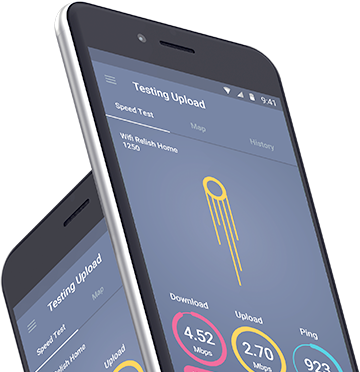
Costa Rica
Mobile Network Experience Report
December 2019
Opensignal is the independent global standard for analyzing consumer mobile experience. Our industry reports are the definitive guide to understanding the true experience consumers receive on wireless networks.


